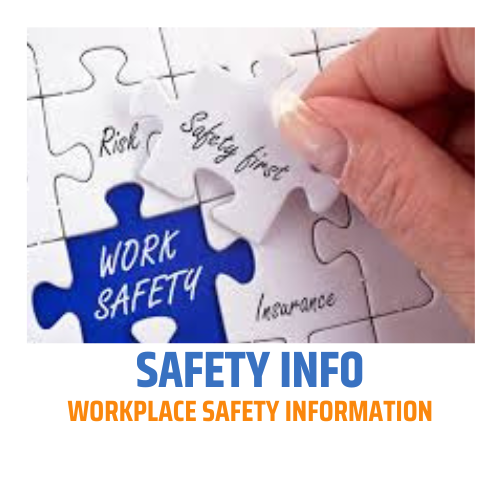What is the best fire protection for kitchens?
The best fire protection for kitchens typically involves a
combination of fire prevention measures and fire suppression systems. Here are
some key components of effective fire protection in kitchens:
- Fire Prevention Practices: Implementing good fire prevention practices is crucial to minimize the risk of fires in kitchens. This includes regular cleaning and maintenance of cooking equipment, proper storage and disposal of flammable materials, and training staff on safe cooking practices.
- Fire Suppression Systems: Installing a reliable fire suppression system specifically designed for kitchen environments is essential. The most common and effective system used in kitchens is a wet chemical fire suppression system. These systems are designed to quickly detect and suppress grease fires by releasing a wet chemical extinguishing agent that cools down the fire and creates a foam-like blanket to prevent re-ignition.
- Automatic Extinguishing Systems: Automatic extinguishing systems, such as overhead sprinklers, can provide an additional layer of protection. While wet chemical systems are specifically designed for kitchen fires, sprinkler systems can help suppress fires in other areas of the kitchen and prevent their spread.
- Portable Fire Extinguishers: Having portable fire extinguishers readily available in the kitchen is crucial for immediate response to small fires. Class K fire extinguishers are specifically designed for kitchen fires involving cooking oils and fats. Ensure that staff members are trained in the proper use of fire extinguishers.
- Fire Safety Equipment: Install and maintain other fire safety equipment, including fire blankets, fire-resistant gloves, and fire-resistant aprons. These items can be used to smother small fires or protect individuals from fire-related hazards.
- Adequate Ventilation: Proper ventilation systems can help remove smoke, heat, and cooking fumes from the kitchen, reducing the risk of fire and improving air quality.
- Regular Inspections and Maintenance: Schedule regular inspections and maintenance of all fire protection equipment to ensure they are in good working condition. Follow the manufacturer's guidelines and recommendations for maintenance procedures.
- Staff Training: Provide comprehensive fire safety training to all kitchen staff members. Training should cover fire prevention, proper use of fire suppression equipment, emergency procedures, and evacuation protocols.
Remember, fire protection in kitchens is a multi-faceted
approach that combines preventative measures, active fire suppression systems,
and staff training. It's important to consult with fire safety professionals
and adhere to local fire codes and regulations to ensure the best fire
protection measures are implemented in your specific kitchen environment.







0 Comments